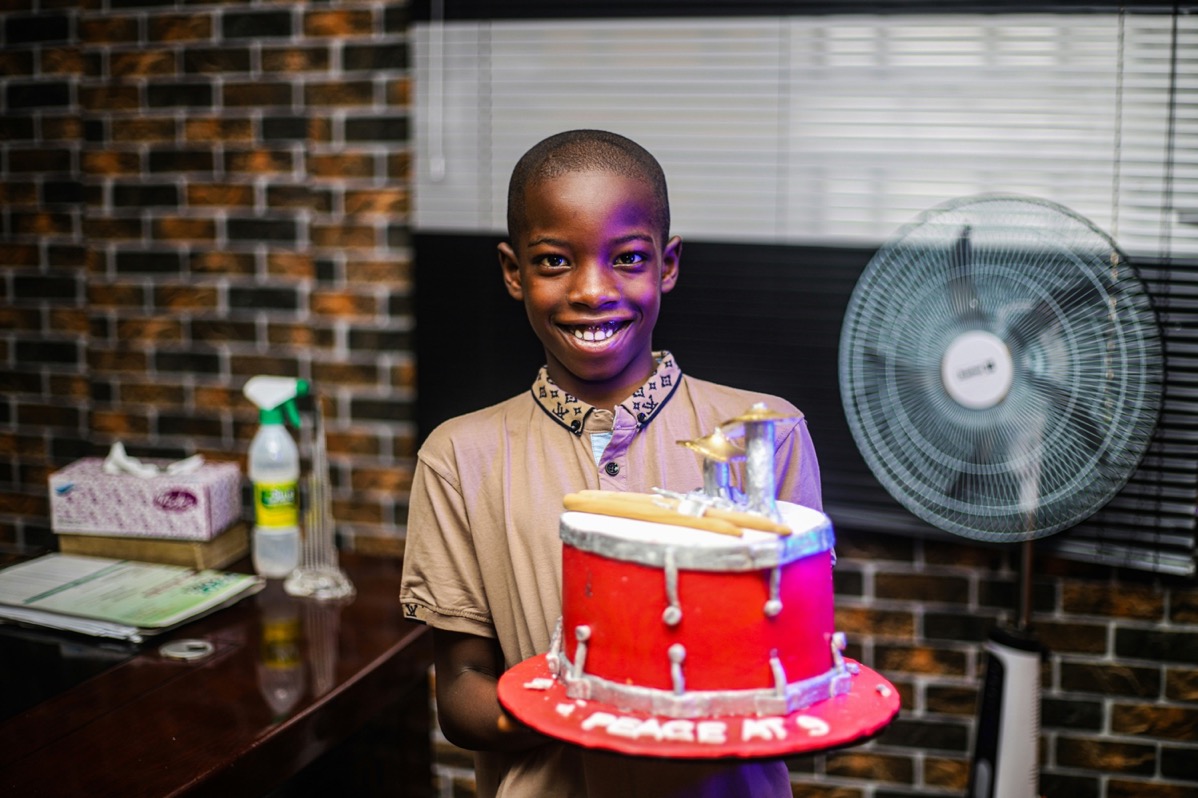Software Developer
Software Engineer
Himanshu Sharma
"Ever felt overwhelmed by tech jargon? Hi, I'm Himanshu Sharma, a Software Engineer who turns caffeine into code, and bugs into features. Currently, I’m making waves at Paymentus, and optimized some pretty hefty code for the team.
Whether it's coding in the trenches or tweaking databases with Snowflake, I believe in writing clean code, mostly because the only bugs I want to deal with at 2AM are cockroaches! 🪲

